On the night of 30 June 2017, the Parliament of India wore a festive look with colourful lights and decorations. At the stroke of midnight, the 14th Prime Minister of India, Narendra Modi launched a new system of taxation called Goods and Services Tax (GST). GST was touted as the biggest policy initiative of the ruling BJP government. The celebrations were reminiscent of a similar function on the midnight of August 14th, 1947 when the parliament assembled to celebrate India’s Independence from the British.
The Prime Minister Modi strongly opposed the GST tax policy, when he was the Chief Minister of Gujarat. He prophesised that GST will never be successful. Ironically, he had changed his mind when he became the Prime Minister. He said, “The GST system of taxation is the best example of federalism in Indian democracy!”
Modi further said in his speech, “During India’s independence, Sardar Vallabhbhai Patel united the various states and gave a complete shape to today’s India. Similarly, this GST taxation system will unify India economically as well. 29 state taxation systems, 7 union taxation systems, 7 central taxation systems, nearly 500 types of taxation systems like various taxation bases have been abolished and India is taking a step in the direction of ‘one country, one taxation policy. From Ganga Nagar to Ita Nagar, from Leh to Lakshadweep, there will be only one tax system in India!’
Big Hopes
Vijay Kelkar, who served as Chairman of the 13th Finance Committee, said that the GST taxation system is an improved tax collection system and in a changing economy, the tax burden should be shared equally by the manufacturing and service sectors. “If the Union and State Governments implement this in a good manner, a single market will be created across India. A major reform after the new economic policies implemented in 1991-92!” he said. He also pointed out that the National Institute of Economic Research (NCAER), which has submitted a report on the benefits of GST. “If GST is properly implemented, it will enable the Indian economy to grow by an additional 2% to 2.5%.”
Belied expectations?
During the financial year 2017-18, when GST was introduced, economic growth slowed to 7.2% from 8.2% in the previous year. In the next two years, the pace of economic growth slowed down further.
R. Nagaraj, an economist at the Gandhi Institute of Economic Development Research, attributes the slow down of the economic growth to demonetisation and implementation of GST in 2017.
“The Goods and Services tax (GST) to replace various indirect taxes has been in the making for quite a while. However, its introduction in 2017 was the second shock in less than a year, welcomed in principle but widely criticised for its poor design and implementation. Besides adversely affecting small and informal enterprises (which find it hard and expensive to comply with GST’s numerous computerised filings and procedures), thus leading to a severe shortfall in tax collection, it has affected government finances and the sharing of revenue between the centre and the states.”
According to Mahesh Vyas, the Managing Director, and CEO of the Centre for monitoring Indian Economy, unemployment rate increased to 6.1% in 2017-18. This is the highest unemployment rate India has seen in the last 45 years, he said.
GST Implementations issues
The newly introduced GST taxation system created lot of problems for many industries. An important example is its impact on the ready-made garment industry. Tiruppur, which is one of the major centres of Ready-Made Garment industries exports goods worth more than Rs.30000 cr.
The big export houses outsource very minor finishing jobs to the garments to micro entrepreneurs. These micro enterprises are mostly informal ones whose business will be less than rs.20 lakhs per annum. If the business size is less than rs.20 lakhs, they need not even have to pay VAT. However, they provide employment to large number of people.
These micro contractors receive ready-made garments from the exporting companies daily, carry out finishing work and hand over back to the exporting companies. The exporters pay per piece for the work done.
The GST system required these micro contractors too, to join the GST chain. The GST system runs on an online platform and needs minimum resources like computers, accountants etc to join the system. Due to the lack of infrastructure and financial resources, these micro industries could not be part of the GST online system. Their submissions for an exemption of such micro enterprises from GST went unheeded. The bigger exporters had no other choice but to jettison this symbiotic economic relationship due to GST requirements. This led to large amount of job losses and lots of micro enterprises had to close. Similar effects were seen in the foundry and pump industry in Coimbatore too.
Varanasi’s famous silk lace industry was also affected. All in all, the GST system which did not affect the corporates much, affected the micro enterprises. The problem is that micro enterprises are the second largest source of employment in India after agriculture.
Is one Nation, One tax desirable?
Let’s examine this concept with an example.
As part of the GST Council structure, there is a panel of experts called Fitment Committee. Couple of years ago, this committee had tabled a proposal to raise the GST rate on coconut oil from 5% to 18%. Coconut oil producing states Kerala and Tamil Nadu strongly opposed the proposal.
There are two reasons for this resistance. One, coconut oil is used as cooking oil in Kerala. This tax hike will increase the price of coconut oil. There are millions of small producers and workers who depend on the coconut oil industry. So, from the point of view of these states, 18% taxation can affect the competitiveness of coconut oil vs other cheaper oils like Palmolein. It will also negatively impact the economy of the two states and employment.
Coconut oil is used only as hair oil in other states of the country. From the point of view of these states, the GST rate hike is only a measure to increase their tax revenue, as the tax is ultimately borne by the end consumer. Therefore, employment in these states will not be affected. Hence, a tax hike is beneficial for these states.
Similarly, economic activity varies from state to state. Arvind Datar, one of India’s best tax law experts, says that uniform taxation between states with such wide disparities is practically impossible.
“The bee that collects its food, honey, from the flower also carries the pollen of the flower and helps in cross-pollination with another flower. This turns out to be beneficial for both the bee and the flower. Similarly, taxation should be mutually beneficial concept” is the definition of Gandhian economist J.C. Kumarappa on taxation. The interpretation of this is that taxation should enable economic activity and not undermine it and create problems for the livelihood of people. It should be recalled here that Kumarappa was a student of Professor Seligman of Columbia University. Seligman is one of the pioneers of the concept progressive taxation.
Hence, it is important that taxation as an economic policy should be enabling economic activities and should not be looked at a narrow point of view of increasing the resource mobilisation for the government. Taxes that lead to difficulties for business leading to loss of livelihoods are regressive.
In the pre-GST system of VAT taxation, the respective states had the power to determine the tax according to the priorities of the respective state. In that system, Tamil Nadu and Kerala had the option of taxing coconut oil less and other states where Coconut oil is sold only as a cosmetic product, had the option of taxing it more. Both the producing state and the consuming state can levy taxes according to their economic needs.
What is the issue with multiple taxation policies?
Big Corporations claim that it is difficult to sell their goods and services across the country because tax rates are different across states. A single tax rate is easier to manage is their view. Although this view prima facie makes sense, it does not, when looked from the point of view of micro enterprises who are the second largest employers after Agriculture.
In today's computerized environment, a system of complex tax rates is not that difficult to manage for big corporations. There may be few hundreds big corporations operating across India. How is it right to force the will of these few hundred big enterprises over crores of micro enterprises and expect the micro enterprises to sacrifice their survival for the convenience of big corporations? This is a violent method of taxation pushing the micro enterprises to oblivion at the cost of big corporations.
There is no GST in the US and China
Many of the companies operating in India are also operating in the US and China. These two largest economies of the world do not have a uniform GST taxation system. There, the Central Government, State Governments and even the local governments have the power to levy taxes. No one there is saying this is a big obstacle or a problem. It is funny that many of the big corporations who have no issues in operating in USA and China with the complex taxation structure have problems in our taxation system.
Why does India have so many different slabs of tax rates?
If we look at how taxation had evolved in India over a period, we can understand the inherent logic of Indian state and its constitutional objectives. Indian constitution aims at bringing social and economic justice to all citizens. India is the most populous country with a very large number of poor people. Levying a single tax slab for all people equally that too for indirect taxes will lead to poor people paying more % of their income as taxes. Eventually, it will lead to more tax burden on poor than the rich. This goes against the constitutional objective of economic justice to all
The first slab of tax is zero. 0% taxes on basic food grains. Processed foods meant again for the consumption of common man is taxed low, may be up to 5%. Luxury food products are taxed high- between 12 to 18% (cakes, ice cream).
Excise duties are levied on luxury consumer goods (e.g. Shampoos, lotions etc) and sin goods (cigarettes, alcohol etc). Excise duties were initially very high (up to 100%). But with the passage of time, they also declined with the changing economic environment.
There are those who deride this progressive taxation as a socialist taxation system. But this is the general approach to taxation worldwide. If we add the environmental impact of the manufacturing of luxury products and excessive consumption, the higher taxation and excise duties for them is justified.
In short, the existing tax policy in India is one that is suitable for Indian society, economic equity and environment. We must remember that these evolved as the country evolved over the past 75 years.
The problem of Indian tax system is not taxation rates. Tax administration is the issue.
On the one hand, there are businessmen who consider tax evasion as a way of life and on the other hand, there are tax officials who force tax extortion from genuine business entities by making ridiculous tax evasion charges to prove their honesty. The issue of poor monitoring of interstate sales is an important problem in tax administration. All these three factors lead to a situation where there is lot of tax evasion and a heartless and corrupt tax administration system which makes the lives of honest tax compliant organisations miserable.
Therefore, if the Indian business tax system is to be reformed, it is not changing the tax rates or the taxing powers, but the system of collection and administration of taxes. It must be simple and user friendly.
Is GST a tax reform?
No. It is a system of centralisation of taxation.
Around 2005, various Indian states started adopting the concept of Value added Tax in sales tax regime. Before that, there were single and multipoint taxes, and the tax rates were also high. There were enough economic reasons for tax evasion.
Value added Tax (VAT) is a concept where the taxes are collected only on the value addition in an economic activity was a reasonable one. And the concept of taking input credit made the taxation system traceable. This led to better tax compliance and increased growth of tax collections in Indian states.
A taxation policy which has an enabling rationale and leads to better compliance and tax collections while the economic activities are carried out without any negative implications to livelihoods is a ‘Reform’.
The present GST system is just a method by which the taxation powers of state and union governments are combined into one mammoth power centre where only the union government has the power to decide the taxation rates. It is centralisation of taxation power and nothing else. Overnight (30th June 2017 night), the states lost their sovereignty over their taxing powers and became glorified municipalities. Hence, what is being touted as one of the biggest reforms, turned out to be a curse especially for micro enterprises.
It created an economic system where large corporates had acquired a distinct advantage over small, micro, and nano enterprises. And crores of livelihoods were lost never to recover.
Is GST tax regime easier for the taxpayers?
“No”, says a Leading Taxation expert Arvind Datar. He says that the administrative requirements of GST are complicated and multifield compared to the previous system.
He explains using an example of a service provider. In the previous tax regime, the service provider had to send its tax return to the Service Tax Agency twice a year. But now it must be sent 3 times every month. Apart from this, accounts related to Tax Deducted at Source (Tax Deducted at Source) on money paid for services to others must be filed every month. At the end of the year, all the accounts should be filed once. So, instead of filing tax returns twice an year which was the system earlier, now the service provider has to file 49 times.
Each state has developed a separate GST law for the GST system. If the aforesaid service provider operates in multiple states, it will be required to file its business accounts 49 times in each state.
The rule that all these accounts must be uploaded online on the same day further complicates the process. Due to lack of a robust basic infrastructure, the computer servers of the state governments crash several times, unable to cope with thousands of files being uploaded online in a single day. In various states and small towns, poor internet connectivity further complicates the process. The current GST administration system forces many times more information to be provided to the government than the previous system.
All these are unnecessary burdens to the taxpayer, says Datar.
GST Tax System and Constitution of India
GST was introduced by the 101st Amendment to the Constitution of India. Article 246(A) of the Constitution of India, created in this regard, states that the Parliament and the States have the power to make GST laws. The basic problem is that India does not have a single GST tax system as many believe. All 29 states have separate GST laws. Today everyone has adopted a GST tax regime that is unanimous and agreed upon. But tomorrow, if a state were to create a tax rate of its own, there would be no legal bar to it. According to Article 279(A) of the Constitution, the GST Council's tax rates are only recommendatory in nature and are not binding on any state. The recent Supreme Court judgment also confirms this.
The current constitution says that any state in India can create its own GST tax system.
GST and Federal system
In the GST taxation system, the sales tax, excise duty regime of the states, the service taxes and excise duties of the Union government come under the umbrella of a single system.
The Supreme Court in several judgments has held that ‘States are not subordinate organs of the Union Government; Within the limits given by the Constitution, they have the sovereign power to enact laws like the Union Government!’ Ambedkar’s view is that the Union Government and the State Governments are co-equals in the view of the Constitution of India.
Therefore, taking away the taxation powers of the states and channeling them into a centralized system is against the Constitution of India, so the current GST taxation system is limited to just giving recommendations to the states.
By law, the power to levy GST has not been taken away from states. But all states unanimously accept and implement the GST tax rates decided by the GST Council. This mute acceptance by states is largely due to the fact that union government holds the ultimate authority on funding and under writing state government needs and loans.
GST Council and the Power imbalance
Article 279(A) of the Constitution has constituted a body called the GST Council to administer the GST taxation of India. It will be chaired by the Union Finance Minister. The Union Joint Finance Minister will be its member. Similarly, the Finance Minister (or representatives) of each state will be its members. This council will deliberate and decide on matters related to GST. In this, the Union Government has one-third rights and the representatives of the state governments have two-third rights.
On the face of it, it looks like a democratic system, but in practice it has many problems. Tamil Nadu Finance Minister PTR Palanivel Thiagarajan has rightly pointed this anomaly. He argued that even though the committee was constituted with all the state finance ministers of India having equal rights, it was not conducive to the interests of the states due to the prevailing imbalance of power.
For example, states like Tamil Nadu, Maharashtra, Karnataka etc pay lot of taxes to the Union Government and get only a fraction of it back from the Union Government. At the same time, many North Indian states and Northeastern states are economically backward and depend heavily on the financial support of the Union Government to run the state government. In such a situation, they will support the Union Government's stance on GST taxation by default.
Although GST Council decisions are expected to be passed unanimously with the cooperation of members, in case of disagreement, a referendum will be held. The results are valid only if 75% of the votes are received.
Since the Union Government holds one-third (33%) of the power, even if all the States together decide against the Union Government's position, the Union Government can override any decision of the States due to its veto power. Net-net, in the GST regime, only the writ of Union Government through the finance minister and the GST council fitment committee will run the GST regime.
Taking the powers of taxation away from the states is against the present constitution. A de facto power imbalance has been cleverly incorporated into the design of the GST Council. The GST Council and its procedures are designed to supersede the power of the states to tax in practice even though the State Governments have the legal power to levy taxes in the areas within their jurisdiction.
The other irony is that in political arena, states have representation in proportion to their population size (based on 1971 census). But in an equally important arena like economy, all states have been given equal rights. This is another imbalance and is against the interests of the states who are net contributors to the union government.
Hopeful Supreme Court judgment and future
Recently, in a Supreme Court case challenging the decision by the High court of Gujarat, the Supreme Court had ruled that the recommendations of the GST Council are only recommendatory in nature and that each state and Union Government is empowered to levy GST taxes.
Renowned legal expert Rastogi says the Supreme Court's ruling has increased the chances of courts interfering in the GST process. It must be said that this judgment of the Supreme Court has legally established the taxation rights of the states. But the challenge for the states is to make it work.
The Tamil Nadu government had set up a committee headed by eminent lawyer Arvind Datar to advise on federal fiscal policies. The committee consists of advocates and practitioners like Vaitheeswaran, Natarajan, industry experts like Suresh Raman, Srivaths Ram and Velmurugan representing small/micro enterprises. News reports say that they will examine the GST taxation system, the effects of taxation like cess and sur charge, the financial losses caused to the state, the shortcomings in the GST administration system, etc. and advise the state government.
This team is a group of right people. But the forces behind GST taxation are very strong and political. Efforts on the intellectual side alone are not sufficient to deal with the present GST regime. It needs to be fought politically.
The fight against GST will be long and painful. But needs to be fought to push this system of centralisation of taxation out and bring back the power of the states to levy tax within their domain. It is non-negotiable for Federalism to survive in India. Political Federalism without economic federalism makes no sense. The state governments need to take this fight up in all sincerity.

1






பின்னூட்டம் (1)
Login / Create an account to add a comment / reply.

 பாலசுப்ரமணியம் முத்துசாமி | Balasubramanian Muthusamy
பாலசுப்ரமணியம் முத்துசாமி | Balasubramanian Muthusamy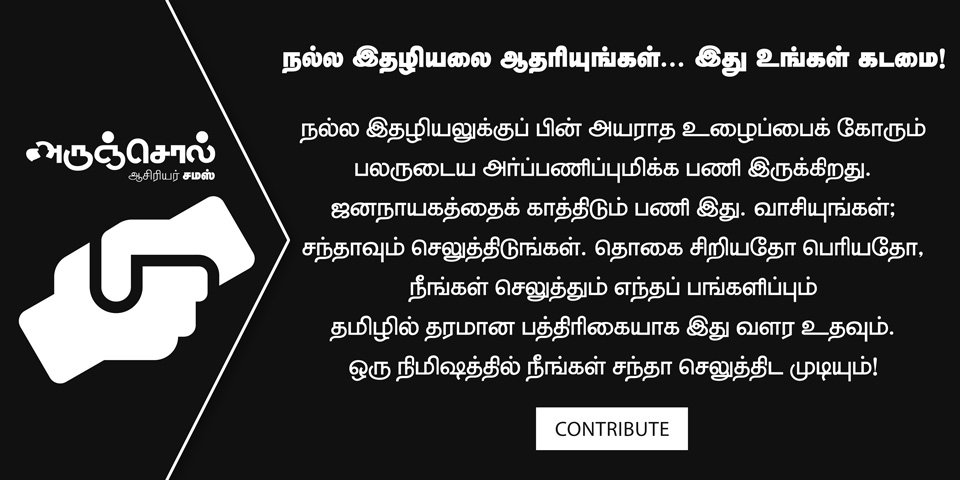
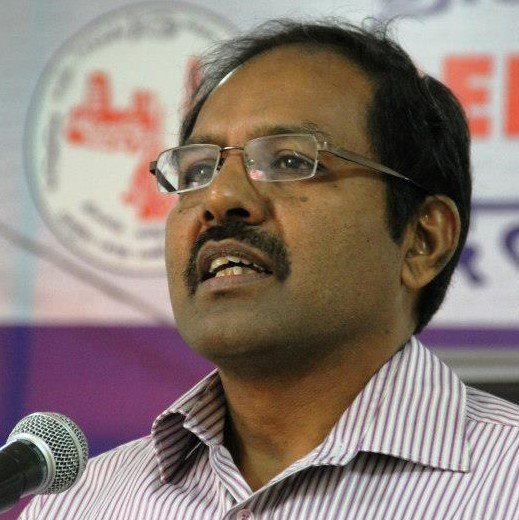 மு.இராமநாதன்
மு.இராமநாதன்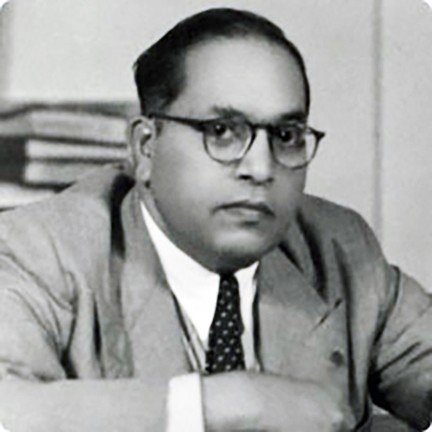 பி.ஆர்.அம்பேத்கர்
பி.ஆர்.அம்பேத்கர்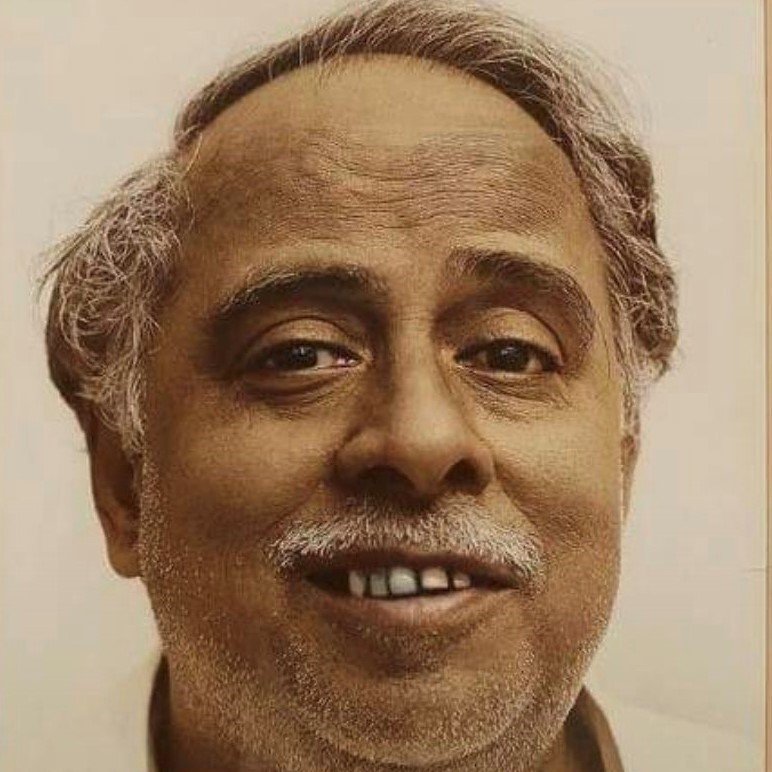 சி.என்.அண்ணாதுரை
சி.என்.அண்ணாதுரை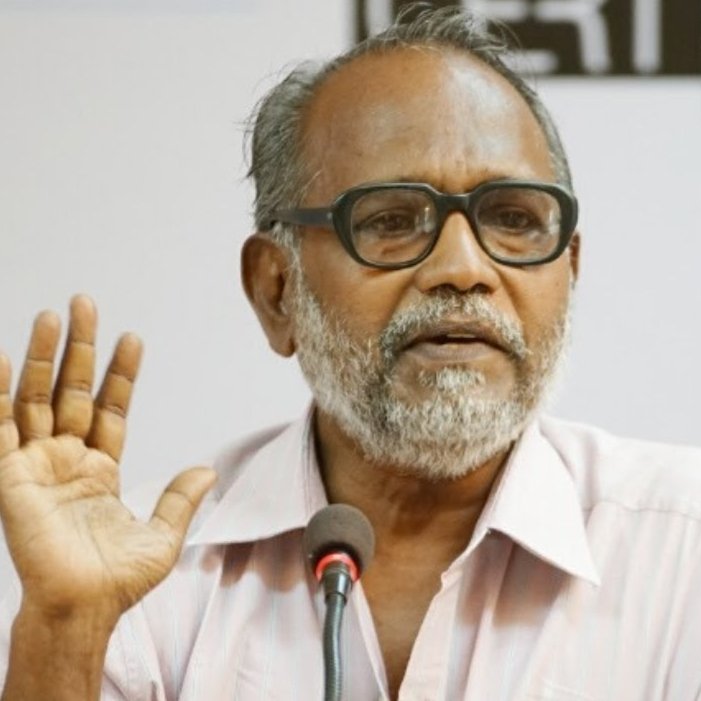 ஞான. அலாய்சியஸ்
ஞான. அலாய்சியஸ் பிடிஆர் பழனிவேல் தியாகராஜன்
பிடிஆர் பழனிவேல் தியாகராஜன் சமஸ் | Samas
சமஸ் | Samas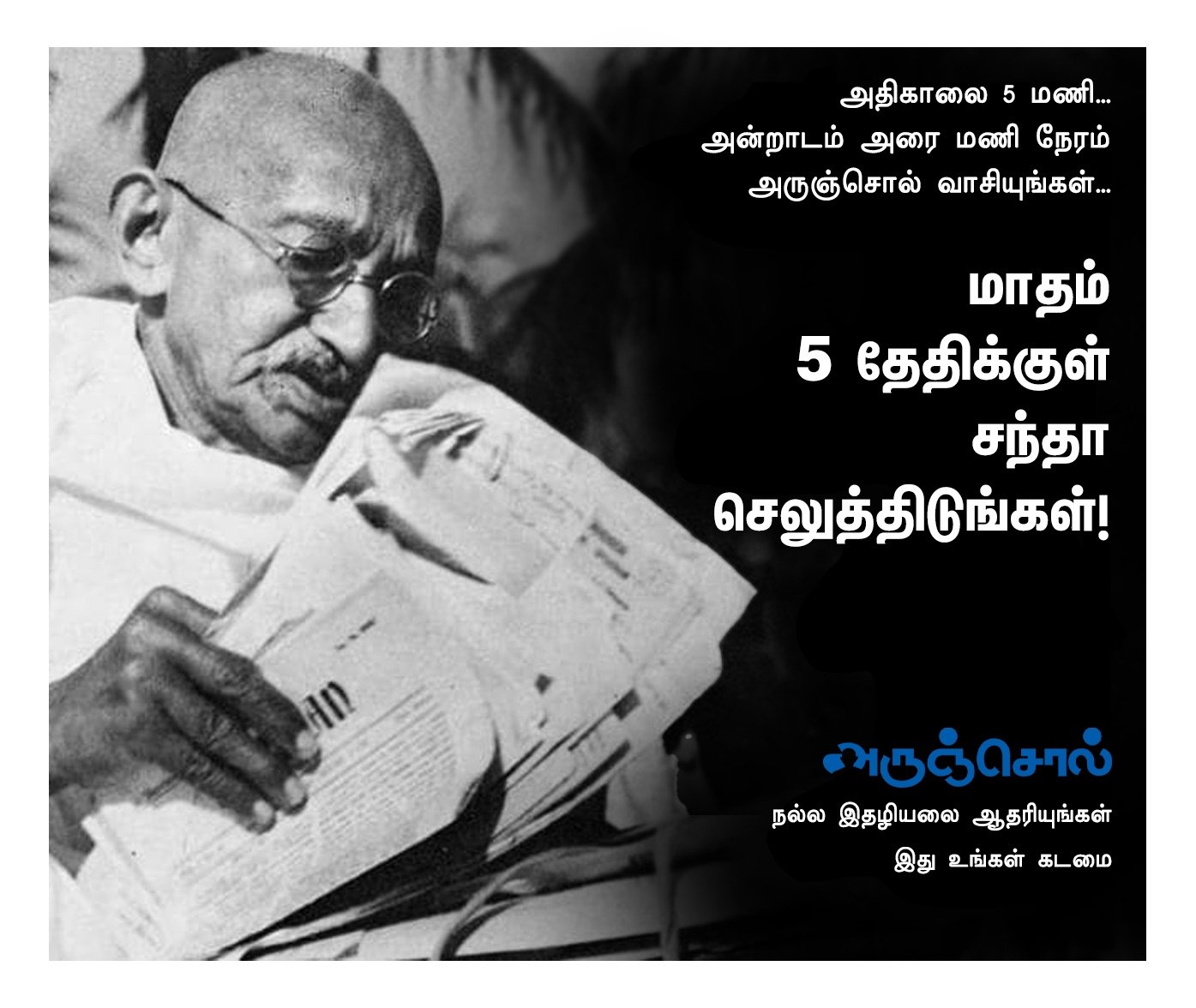

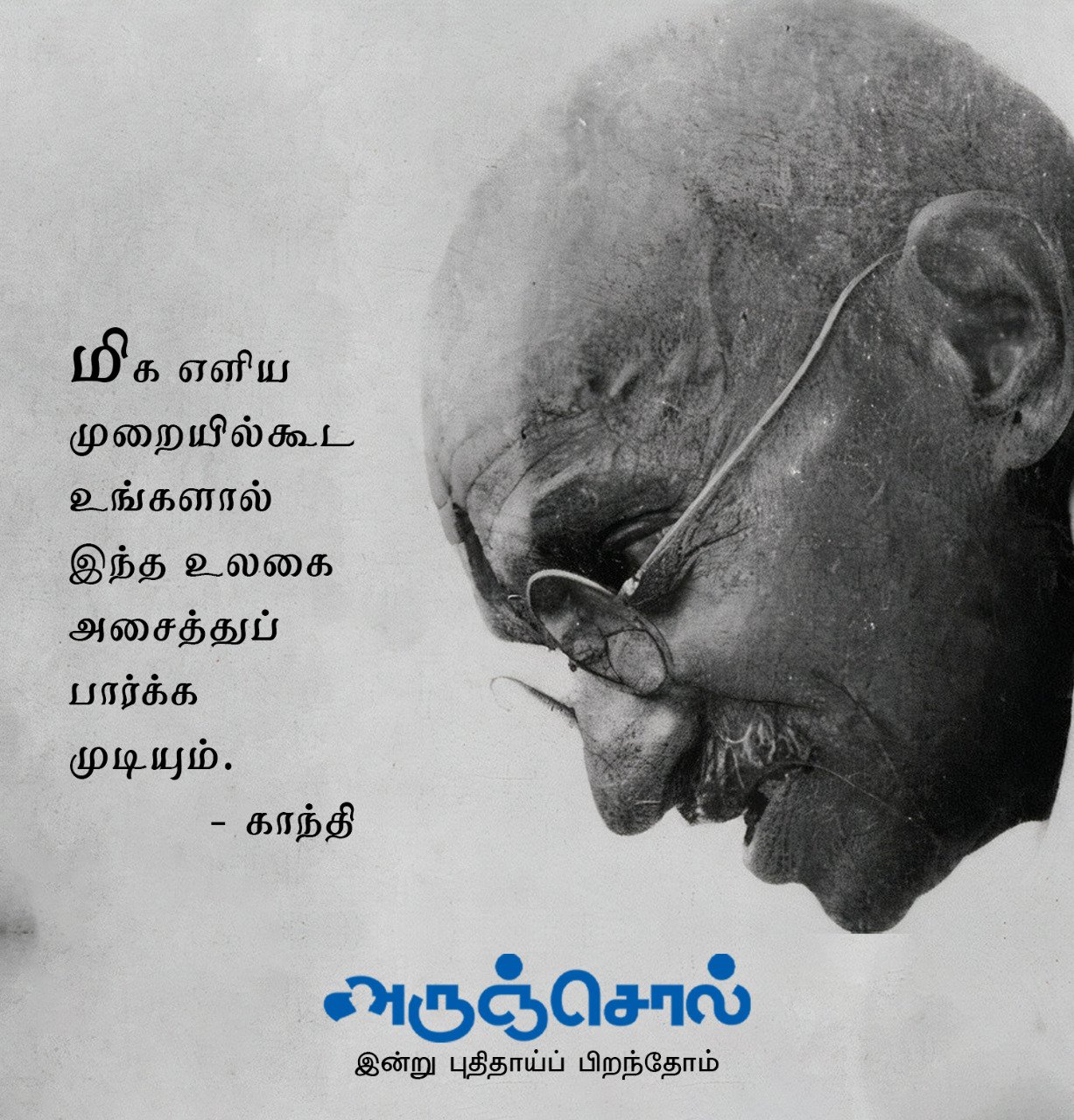
கல்லிங்கரை கருணாநிதி 5 months ago
மதிப்பிற்குரிய ஆசிரியருக்கு வணக்கம்... GST கட்டுரையில் பல விவரங்களை கட்டுரையாளர் கூறியிருக்கிறார். இந்த கட்டுரையை தயைக் கூர்ந்து தமிழில் வெளியிடுங்கள். மிக்க நன்றி
Reply 1 0
Login / Create an account to add a comment / reply.